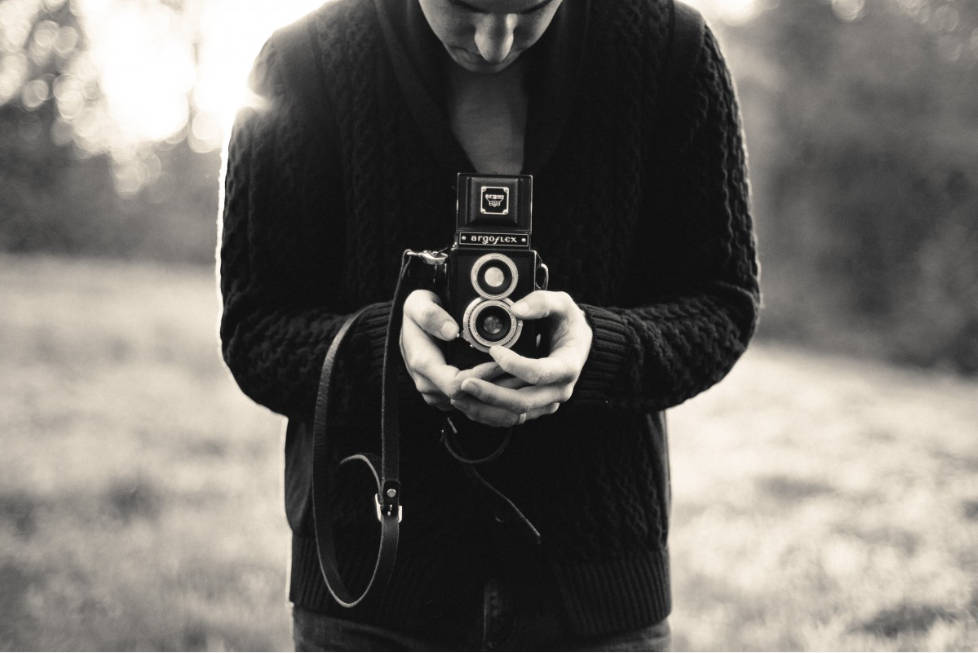
The discussion held during this seminar was based on the approach of guest speaker Roger Pouivet, a proponent of aesthetic cognitivism, according to which works of art convey knowledge, and that knowledge is in itself an important dimension of art. When used in conjunction with science, art can help us to understand the object of study in a more complete way than we would by using a solely scientific approach.
Why is this the case? First, because artists – photographers, videographers, designers, writers, illustrators, etc. – have developed specific skills to apprehend and represent reality in a different language to that of scientists, in order to reveal abstract ideas and to convey emotions, by manipulating the work’s composition, materials, forms, colours, etc. For example, photographer Sylvie Bonnot works with scientists and draws on their very technical vocabulary to identify complex realities, and then symbolises these through her photographs to make them accessible to the general public. Over time, designer Florence Vernay has developed a special ability to observe a body and graphically represent its characteristic features. For example, as part of research conducted for Leroy Merlin Source on how the body experiences the act of dwelling between the ages of 65 and 100, she observed a respondent living in his home undertaking his daily activities: gardening, cooking, cleaning, etc. and then she encapsulated her observations into a work representing hands on crumpled paper, with the relief evoking the respondent’s hands when working to transform matter.
Therefore, understanding a photo (the relationships between the elements of the composition), a drawing (line thickness and dynamics, choice of colours) or even a video (frame rate, moving from black and white to colour, use of images and sounds) requires a number of logico-semiotic skills. This is necessary in order to decode a work, understand its language, grasp the artist's intention and access the broader meaning to which the singular representation refers. When faced with works of art, we develop and enrich these logico-semiotic skills and as such, we call upon the best of our human virtues, upon our rationality.
Beyond the logico-semiotic skills they allow us to develop, the arts appeal to our emotions to inform us about the state of the world and the feelings of others. For example, a picture that focuses on an individual journey can help us to identify with a person and experience some of their emotions, allowing us to understand something about their life, their experiences, another way of thinking and it also makes us apprehend some of their singularity, bringing a human dimension to the more general reflection that research can produce. Emotions are also a source of understanding, like when we watch the video Yi by Chinese artist Wang Gongxin : the disturbing nature of the strident and rapid scenes of urban crowds, contrasting with the quiet tranquility of the nature scenes, allows us to experience the Chinese people’s relationship to the accelerating urbanisation and rapid development of mobility that have characterised their society’s transformation since the 1950s. Finally, stories allow us to explore the world, to experiment with choices, to imagine possibilities that would otherwise remain unthinkable and in, in doing so, they allow us to hone our judgment and ability to make choices. This is true, for example, of the narrative game 2061, designed by the AE Coop collective at the request of the Mobiles Lives Forum, to explore how we can imagine young people’s mobility in a future where energy resources are constrained . Together, players imagined scenarios and were allowed to “experiment with a fictional future that they co-constructed, [to] move about in it and be moved by it, and therefore [to] effectively make arbitrations, [to] imagine and experience the constraints that limit their choice” (Nicolas Prignot).
Finally, by renewing our vision of the world, of others and of ourselves, the arts can lead us to act, to make individual or collective choices and to commit ourselves to a cause. For example, the Solar Sound System set up by Cédric Carles uses musical entertainment systems during electronic music events to educate people on the challenges of the energy transition and thus raise awareness and lead to a collective commitment.
As a result, these exchanges have managed to show how useful it is for the sciences to collaborate with the arts, which call upon cognitive skills, emotions and the imagination in a specific way, in the service of an understanding of reality and possible futures that is not always possible in scientific discourse.
For the Mobile Lives Forum, mobility is understood as the process of how individuals travel across distances in order to deploy through time and space the activities that make up their lifestyles. These travel practices are embedded in socio-technical systems, produced by transport and communication industries and techniques, and by normative discourses on these practices, with considerable social, environmental and spatial impacts.
En savoir plus xTo cite this publication :
Mobile Lives Forum (07 February 2023), « Collaborations between the arts and sciences: what can we learn from the arts? », Préparer la transition mobilitaire. Consulté le 26 April 2025, URL: https://forumviesmobiles.org./en/forum-meetings/15559/collaborations-between-arts-and-sciences-what-can-we-learn-arts
Other publications